What do you know about bunkai?
If you are like most people – you know a little bit.
You know that the ancient kata of Karate are more than just “war dances”, and that the various techniques of kata actually have lethal applications in self-defense (= bunkai).
But…
Did you know there are 3 distinct ways of looking at bunkai?
Omote, Ura & Honto
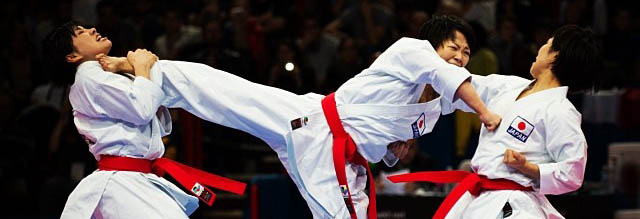
See, here’s the deal:
Due to the complex nature of Karate’s history, the original meaning of many kata techniques have been lost in the sands of time.
We simply don’t know the original meaning of many kata.
(But, we’re pretty good at guessing!)
Therefore, the Karate world has come up with three common methods for “extracting” the bunkai, or practical applications, from kata’s various movements.
Today, I want to present these 3 ways for you:
- Omote
- Ura
- Honto
Personally, I love to use all three ways (depending on the situation), but most people seem to prefer either one or two of these methods.
So…
Are you ready to find out more?
Check it out:
1. Omote (What You See is What You Get)
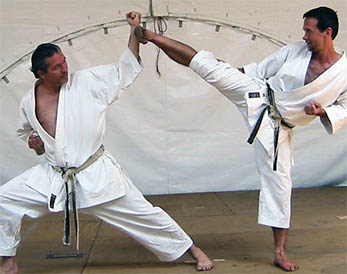
The first type is known as “omote”.
In Japanese, omote means “surface”.
Hence, as the name implies, omote bunkai are very simple & direct.
What you see is what you get.
Like this:
If it looks like a block, it’s probably a block.
Logical, right?
Every technique is taken at face value.
You could say that omote bunkai are similar to the scientific principle of Occam’s razor, or the famous duck test; “If it looks like a duck, swims like a duck and quacks like a duck – it’s probably a duck.”
Fans of omote bunkai often like to point out that practical self-defense must be easy to remember, simple to execute and brutally effective.
So why make it complicated?
Bunkai should be simple.
Therefore, if something looks like a block, it’s probably a block.
(Not a joint lock, throw, strike or wrist release.)
Personally, I like to show omote bunkai during the initial phase of teaching a kata, since it boosts the learning process without interfering with the correct technical execution of the movements.
Makes sense?
All right, let’s get to the next one.
2. Ura (The Real Meaning is “Hidden”)
The second way of interpreting kata’s practical applications is known as “ura” bunkai.
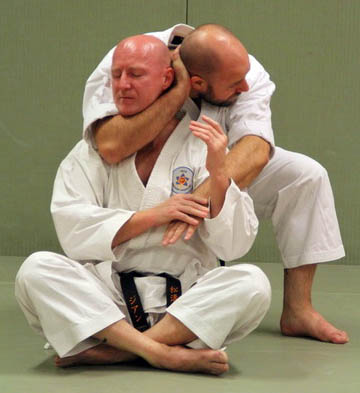
In Japanese, ura literally means “behind”.
Hence, as the name implies, the concept of ura is a bit hidden, secret or advanced.
Things are not as they seem.
Like this:
If it looks like a block, it could be a chokehold.
Get it?
Proponents of ura bunkai say that Karate is such a deadly art that many old techniques had to be disguised or kept away from onlookers through changing their appearance.
Therefore, although a kata might look very simplistic in its nature, it could actually have some very advanced application(s) hidden inside it.
This, of course, is the total opposite of omote – which was all about the surface.
Personally, I love using ura bunkai with higher ranked students, since it gives me a good reason to apply exotic pressure points, brutal joint locks, sweet takedowns and nasty tricks that I might not usually teach as grading requirements.
Sounds cool?
Great!
Now let’s proceed to the third, and ultimate, way of looking at bunkai.
3. Honto (Okay, Let’s Cut the Bullsh*t Out)

Lastly, we have “honto”.
In Japanese, honto literally means “real” or “true”.
And that’s exactly what it is.
The freakin’ truth.
The real deal Holyfield.
You see, when people claim a bunkai is either “omote” or “ura”, they sometimes do it for a pretty bad reason.
They’re lazy.
They’ve fallen into a common trap:
- Either they come up with bunkai that looks exactly like the kata, but is highly unrealistic (defending against straight Karate moves) and call it “omote”.
- …or they come up with effective and practical bunkai (that work great against street attacks) – but looks nothing like the actual kata, calling it “ura”.
Get it?
This happens often.
It seems some people can’t conform to the basic shape of a kata without dumbing it down (and calling it “omote”) or distorting the moves totally (calling it “ura”).
Me?
I call it “cheating”.
Your justifications don’t work around here, bro.
You gotta work for it!
That’s what being a Karate Nerd™ is all about.
I mean, sure – the original bunkai of kata have indeed been lost in the sands of time.
But that doesn’t mean they don’t exist.
Search!
Get books. Watch YouTube. Cross train. Read awesome blogs. Find seminars. Travel more. Compare notes. Meditate. Ask around. Get my videos from in KNX15. Sign up for Karate Nerd Insider™.
Walk the extra mile.
Omote and ura bunkai are great when used correctly as training tools.
But in 9 times out of 10, they’re not the Truth.
Don’t lull yourself into believing the conspiracy theory that all masters throughout Karate’s history magically and unequivocally agreed to compromise the functionality of their precious art through transmitting it in the form of the deceptive omote/ura bunkai vehicle, when the honto bunkai is right there for grabs – if you just look for it.
Sounds hard?
It is.
That’s the point.
If it was easy, you’d be in a McDojo™.
And we have enough of those already.
“Kata, as demonstration, is a shallow and limited usage of kata.”
– Donn F. Draeger, martial arts legend
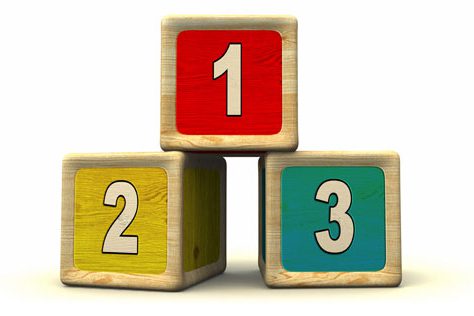
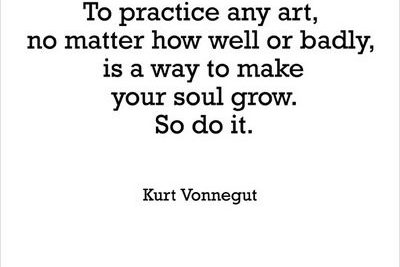
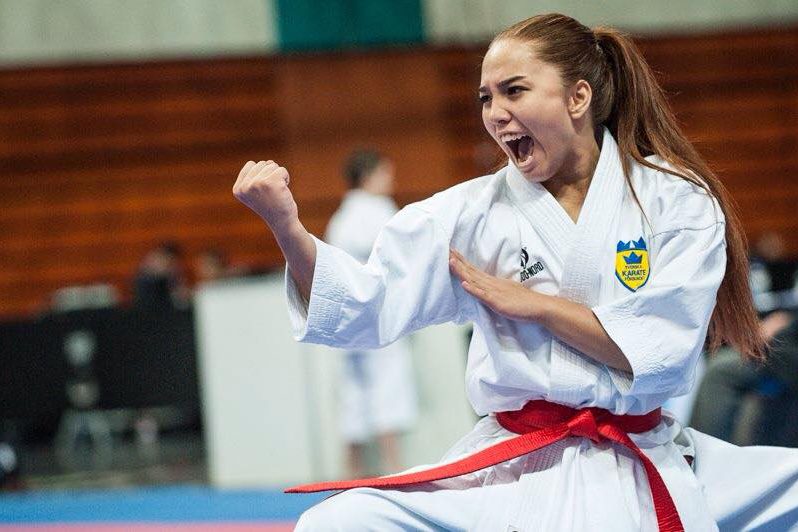
36 Comments